What a joy to see green everywhere! You can feel the big sigh of relief from plants and people too. All this rain is FANTASTIC news for fall gardens! Here are our top must-do’s this month as we head into our best planting season.
Check out our September Garden Guide for more tips and remember that trees, shrubs, and perennials can be planted 12 months out of the year! The only difference is the amount of water they need depending on temperatures and wind!
1. Choose Plants for Birds, Butterflies, and Bees
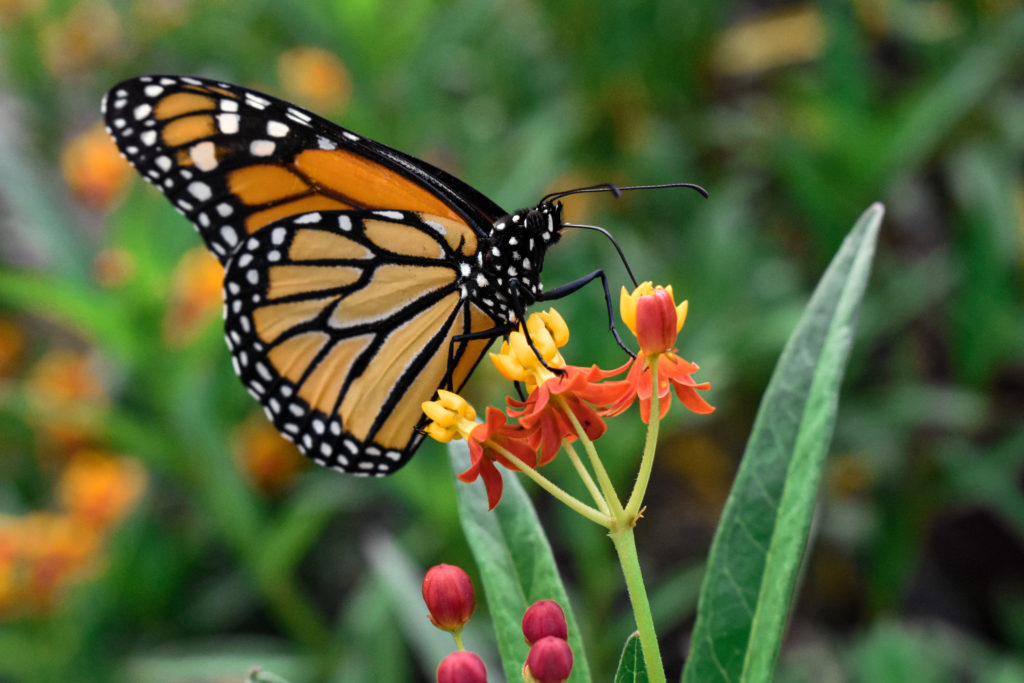
Fall is our best planting season here in the Coastal Bend. We are bringing in lots of new plants with our pollinator friends in mind! While you’re choosing what to plant, consider adding Texas Natives like Turk’s Cap and Lantana that birds and bees love. If you want to attract and support butterflies, try butterfly weed, Gregg’s mist flower, and lots of different blooming salvias.
2. Plant Veggies, Herbs, Citrus, and Fruits!
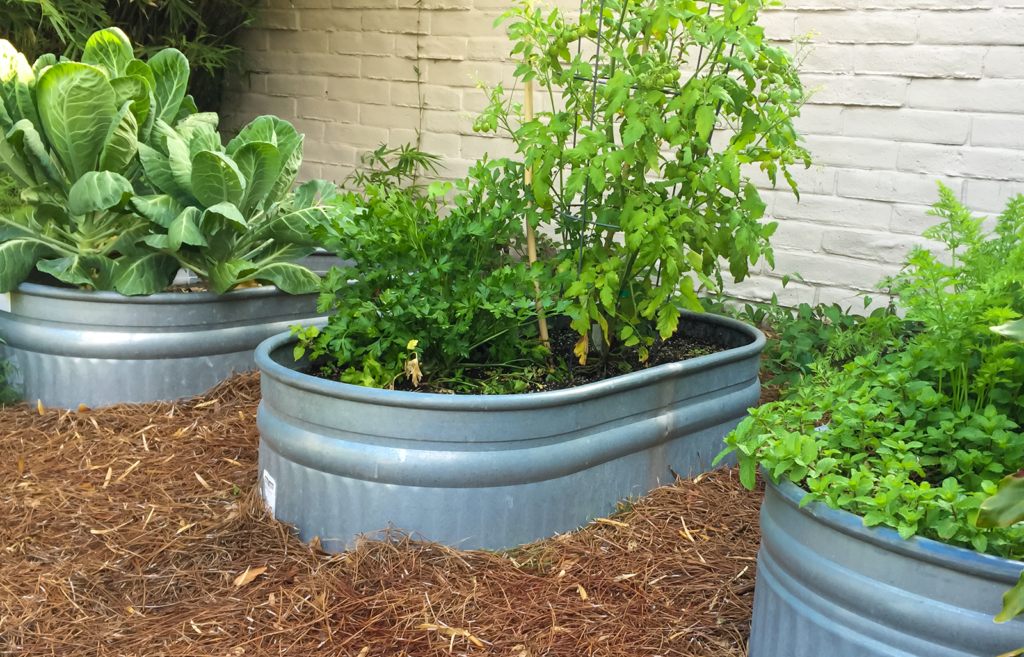
It’s time! Tomatoes, peppers, & warm weather edibles should be planted by now, or at least early this month. Plant cool weather veggies & herbs anytime this month and remember to shelter them from scorching sun and keep watered. Seeds of cool weather crops like turnips, beets, and radish should be started now. Carrots and greens should be planted later in September and into October. Here is our Fall veggie planting schedule. And save space for citrus trees, figs & other fruits to round off your garden grocery store! Revisit Josh’s guide to planting citrus trees.
3. Pull Weeds While the Ground is Soft
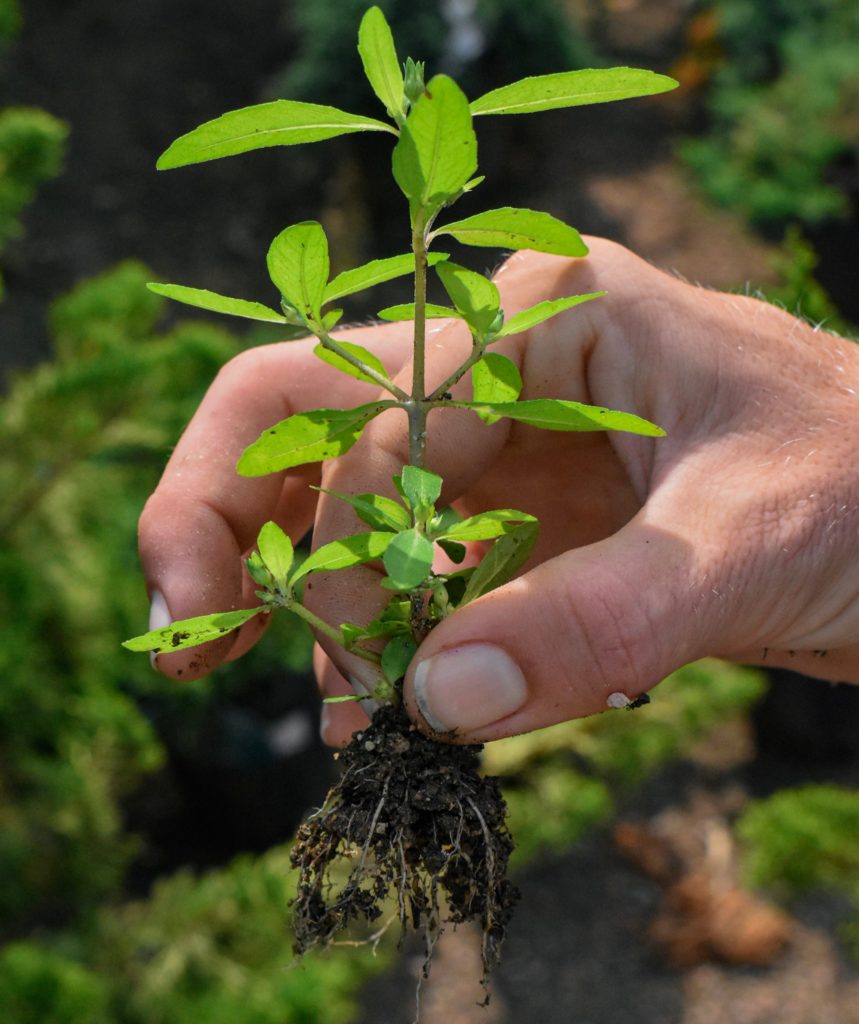
Pulling weeds – part of the gardening full-body workout plan! And a great stress reliever too. With the ground saturated from recent rains, most weeds are so easy to pull. Make sure to get the root, then add mulch to the area 2-3” deep to prevent new weeds from sprouting.
4. Plant Trees and Shrubs for the Best Start
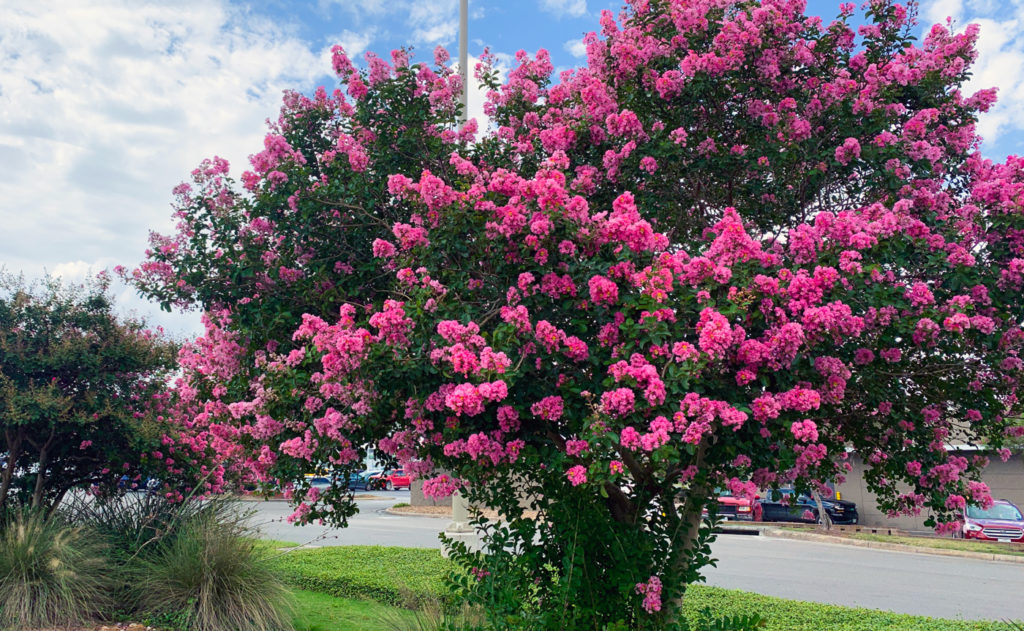
Plants that are cold hardy (trees and woody shrubs) will benefit greatly by planting during our Fall season. They’re under less heat stress, and they grow more roots, making them stronger and ready to “take off” next Spring. More roots, stronger plants, better success! Oak trees, Crape Myrtles, Hawthorns, Lantana, Plumbago, Boxwoods and a host of others should be planted starting this month.
5. Trap and Prevent Mosquitos
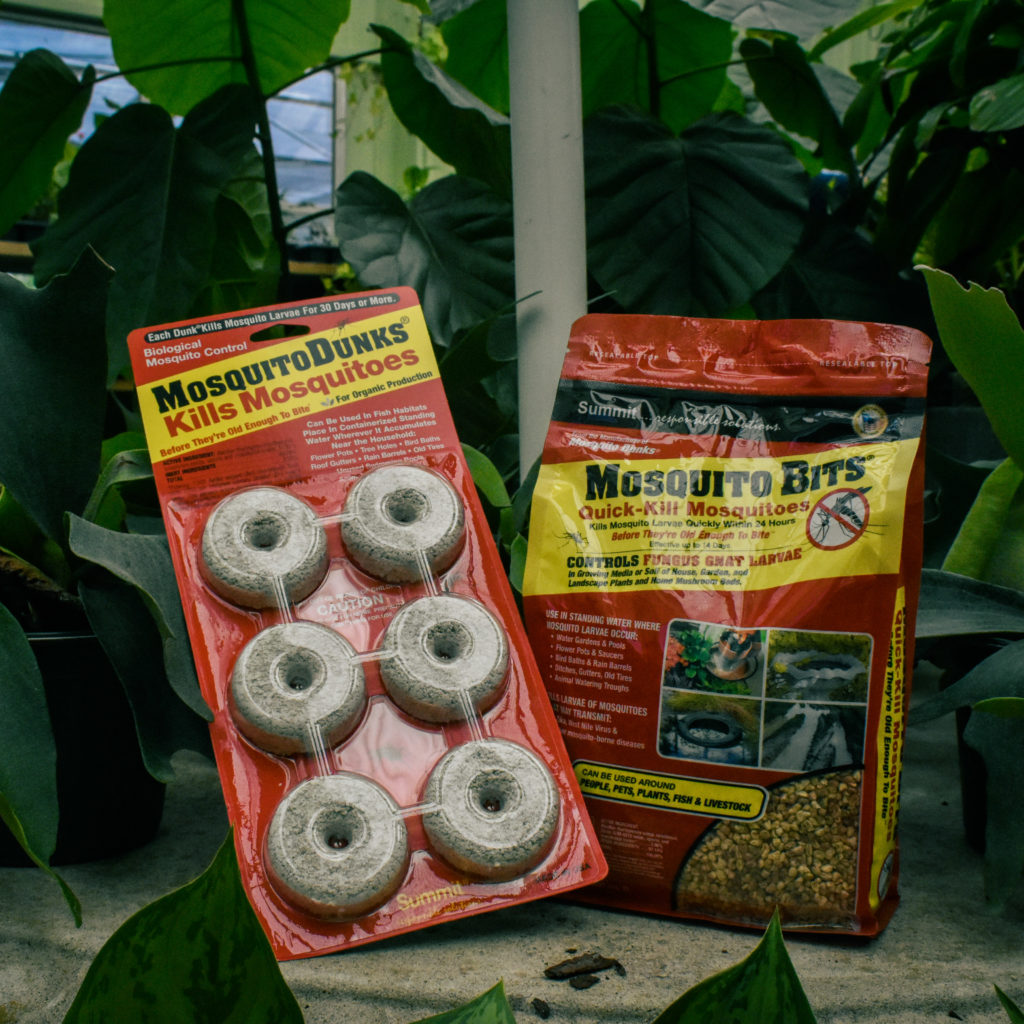
Setting simple traps with organic Mosquito Dunks or Mosquito Bits is perhaps the most effective method for controlling mosquitos. It couldn’t be easier – grab a 5-gallon bucket, fill it with water and add a few handfuls of straw, leaves, weeds, food waste, etc. This will start to stagnate and attract female mosquitos to lay their eggs. After a day or 2, toss in a Mosquito dunk or a spoonful of mosquito bits which will kill the mosquito larvae. Try a few traps plus some repellant granules and incense!
6. Sow Wildflower Seeds!
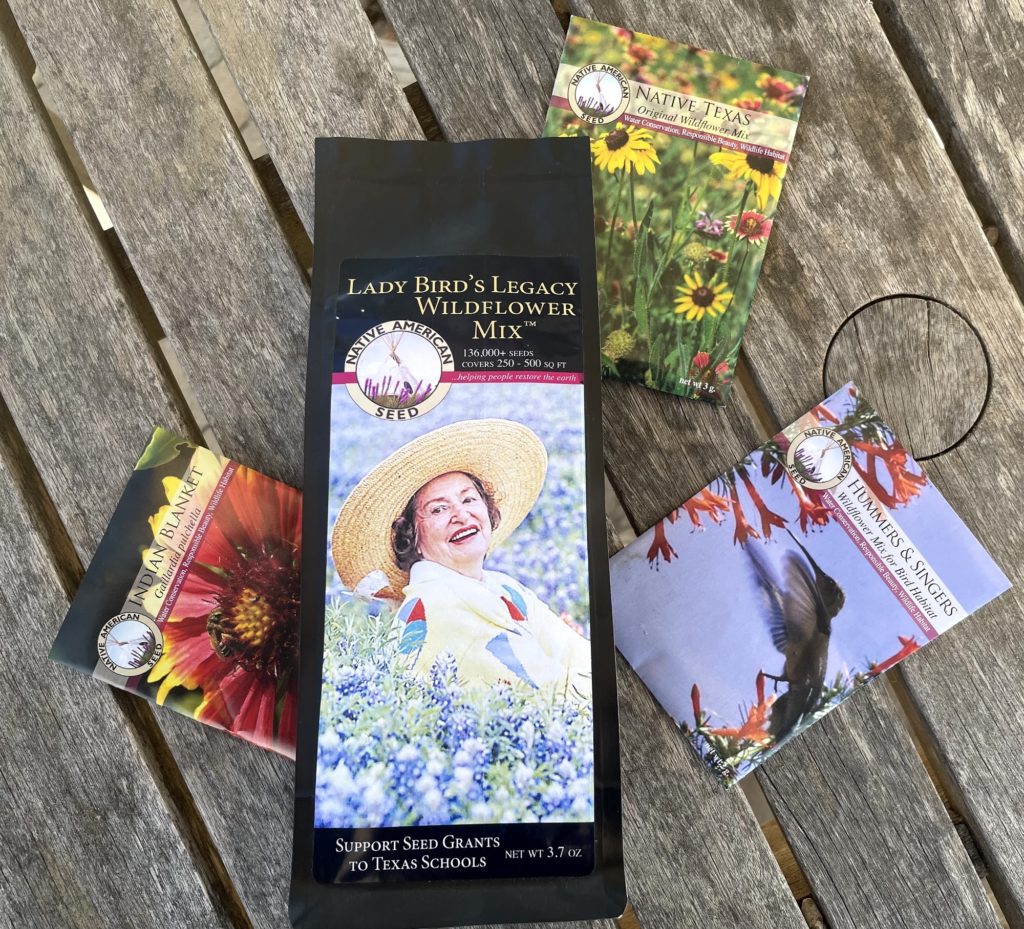
September is the best time to plant wildflower seeds. Fall rains help wildflowers like Bluebonnets grow strong and have beautiful blooms next Spring. Choose an area with good sunlight and cleared of weeds or unwanted plants. Rake clean, sow seeds, cover with soil, water, and wait for the transformation!



Shelly Lozano says
I have terrible whitefly infestation on my crape myrtle! It has black soot. Its affecting all the plants under it. Schefflera, Indian carnation, and Esperanza. I’ve tried neem oil, liquid seven, and dish soap. My tree is very large, I can’t get to the top. HELP! What can I do?
DeAnna says
Hi Shelly – Spinosad soap in the hose end sprayer will spray up to 20 ft. Spray, wait a week, and spray again. Next March or April, you can use a systemic drench that will give you 8-month protection against insects. Come and see us, we have the spray now and we can talk more about long term maintenance of the tree.
Peggy says
Do you have any Meyer Lemon Trees under 3′ which can be potted?
Jesse says
Hi Peggy – we are expecting some early this week. Monday or Tuesday. They are not dwarf trees, but they still work well in a decent sized pot. They’ll arrive about 3’ tall